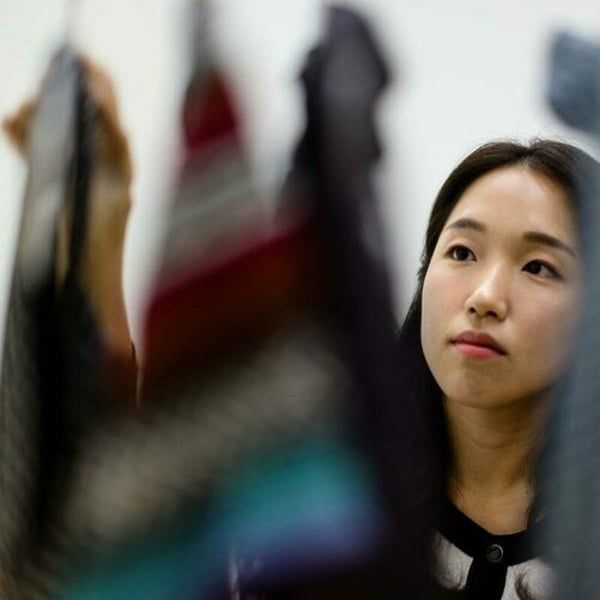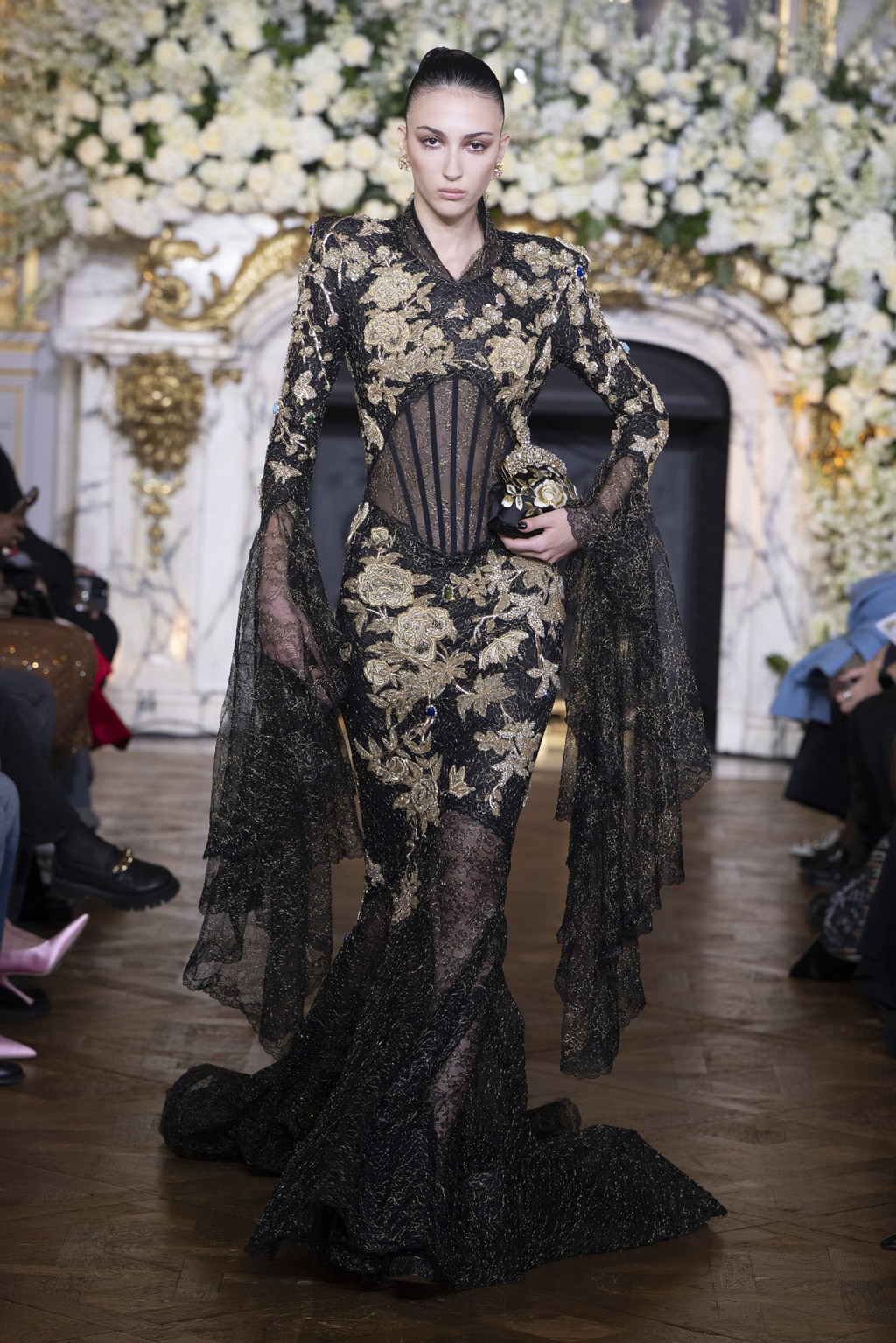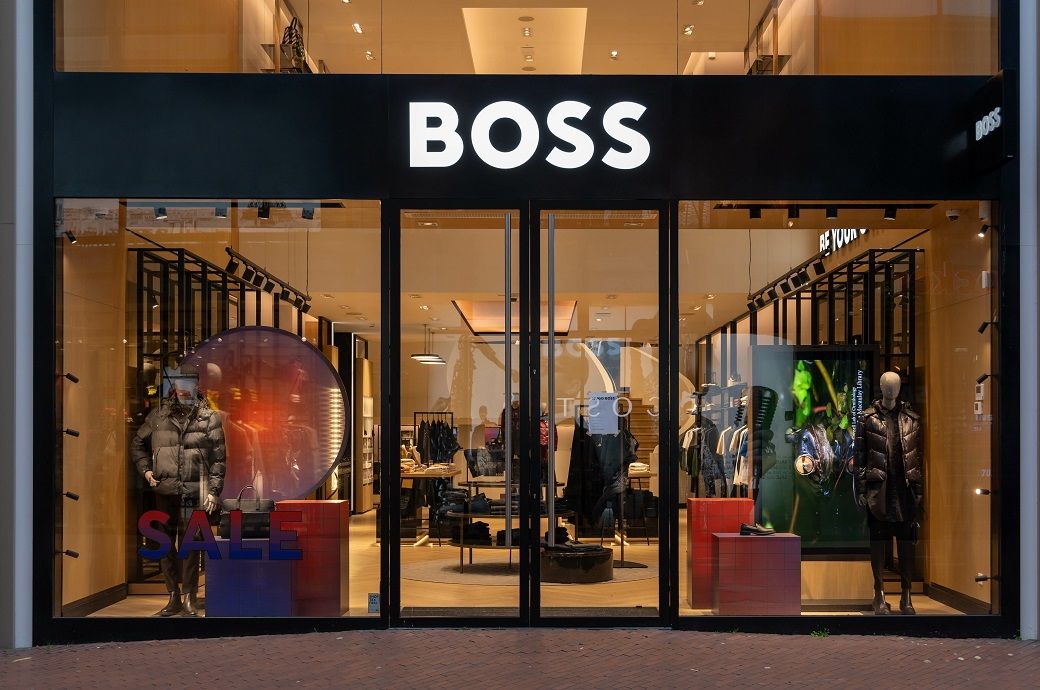By
AFP
Published
February 5, 2025
The recovery of the South Korean activist of Korea, Lee So-Yeon, used to buy new clothes almost daily, until a winter coat of $ 1.50 triggered a awakening that completely stopped his purchases.
While looking at the ultra cheap padding jacket in an H&M store in the United States, where I was working at that time, Lee wondered how any garment could be sold in such an economical way.
The 30 -year -old embarked on a deep immersion in fast fashion production methods and was horrified with hyperconsumerism of human, social and environmental tolls is having on the planet, and in the mental health of women who manufacture and buy cheap clothes.
“He used to buy a new outfit every day (working) of the week,” Lee told AFP, adding that each article of the main street retailers would cost less than one dollar.
But the reason why clothes are so cheap, Lee learned, is because women who sew companies are paid little, while the business model itself is causing significant environmental damage.
Lee stopped buying new clothes, and has not bought a single fast fashion garment since his epiphany about six years ago.
His much more compact wardrobe consists of used articles that he received from friends and family, including a vintage leather jacket that once belonged to his mother.
Unlike the fast fashion elements, which are often designed to be thrown after only a few uses, each piece is irreplaceable because it has a unique history and history, he said.
“Ultimately, the most ecological clothes are already in their wardrobe,” Lee said.
Break the cycle
Read now organizes clothing exchanges with your friends and family, and has written a book to promote the idea of assessing “history behind it” garments, instead of pursuing ephemeral trends.
She is part of a small but growing global movement that seeks to promote second -hand clothes and help people, especially women, choose not to participate in the cycle of excessive consumption.
The Lucky Sweater application provides a platform for users to exchange articles from their cabinets with each other, focusing on sustainable brands, said Founder Tanya Dastyar.
“We are scheduled to believe the only way to express my fashion or show that I am beautiful or fashionable … they are new outfits,” said Dastyar.
“But you can still be fashionable and feel good and see you great and not have to do that,” he said, adding that although exchanging clothing did not have the same fast dopamine blow as making a fast fashion purchase, it was much more rewarding Over time.
The growing absorption of the application indicates that people are hungry to change their relationship with clothing and consumerism, he said.
People realize: “I don't have to follow the trends and I can dress in a way that feels comfortable for me,” he said. “Is that like a mass market thing? No. But I feel it can be a movement? Yes.”
To read, break the cycle of cheap clothing consumption helped her improve her mental health.
When I was a teenager, I would worry about what to put on school trips, when not required uniforms, at least a month in advance and would shop to relieve their fears.
“I felt a lot of pressure on how others would see me,” he told AFP.
But learning about the 2013 Rana Plaza tragedy of Bangladesh, one of the worst industrial disasters of the world that killed more than 1,130 clothing factory workers, most of them young women, was a turning point.
The factory workers died making clothes for “women like me,” Lee said.
Isn't there second hand?
The global fashion industry is one of the most polluting, which represents up to 10 percent of greenhouse gas emissions, according to World Bank estimates.
Most modern clothing are made of synthetic materials such as nylon and polyester, which are essentially plastic and do not biodegrades in landfills, according to industry data.
Keeping clothes out of landfills can help, but in South Korea, many still avoid used garments, said Kim Dong-Hyun, who runs an export factory of used clothing.
“People are often not seen favorably in someone who wears used clothes because they are seen as unwanted items,” Kim told AFP, noting that they have found dirty diapers and food waste in collection containers.
South Korea is the fifth largest exporter of used clothes in the world, and activists say that many garments are essentially thrown into developing countries, which lack the ability to process them.
In Kim's second -hand clothing factory in Paju, out of Seoul, a mechanical claw classified with clothes used to export abroad.
“Many people treat the container of the clothing collection like a garbage can,” Kim said.
Copyright © 2025 AFP. All rights reserved. All the information shown in this section (offices, photographs, logos) is protected by intellectual property rights owned by the France-Presse agency. As a consequence, you cannot copy, reproduce, modify, transmit, publish, display or in any way commercially exploit none of the contents of this section without the prior written consent of Agite France Pressures.












